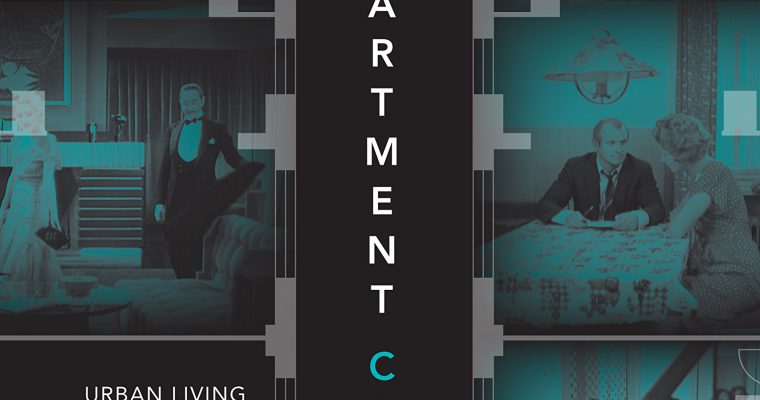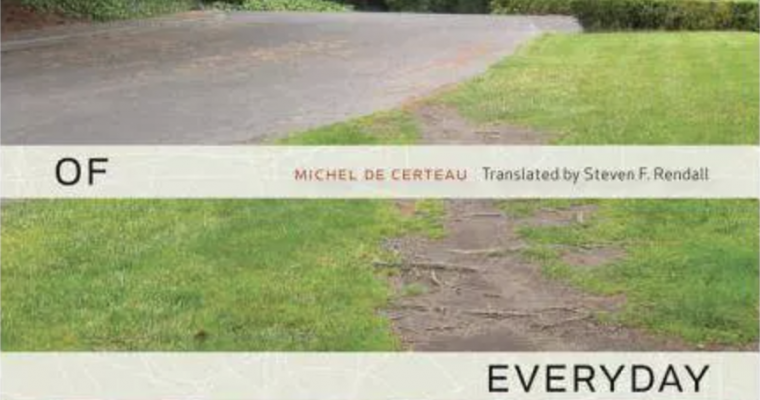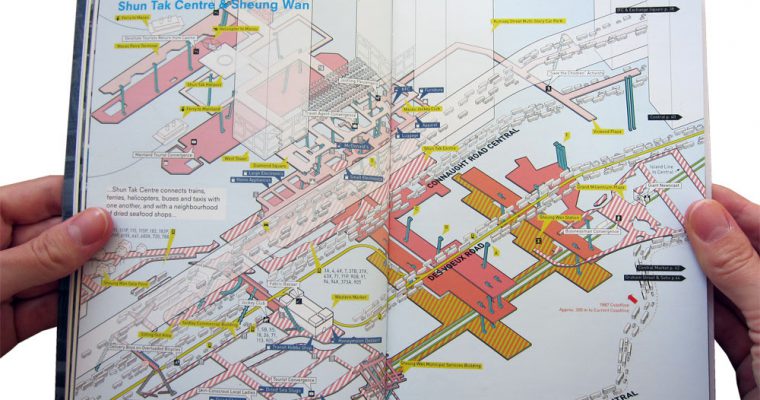Reading Response: Pamela Wojcik
Wojcik has has developed his idea of the apartment plot as genre by identifying it as narrative and temporality of the events. For instance, moving in and out of the apartment created the contradiction of the sense of dwelling and constant change of one’s place. He even regard apartment plot as intertext which enables us to see affiliations across traditional genres like how abandoned mansion could create the atmosphere of horror and mystery, allow us to be reminiscent of histories of ghosts. I am sure you must have watched Joker, which also employed the apartment space to portray the plight


